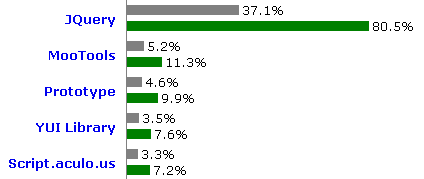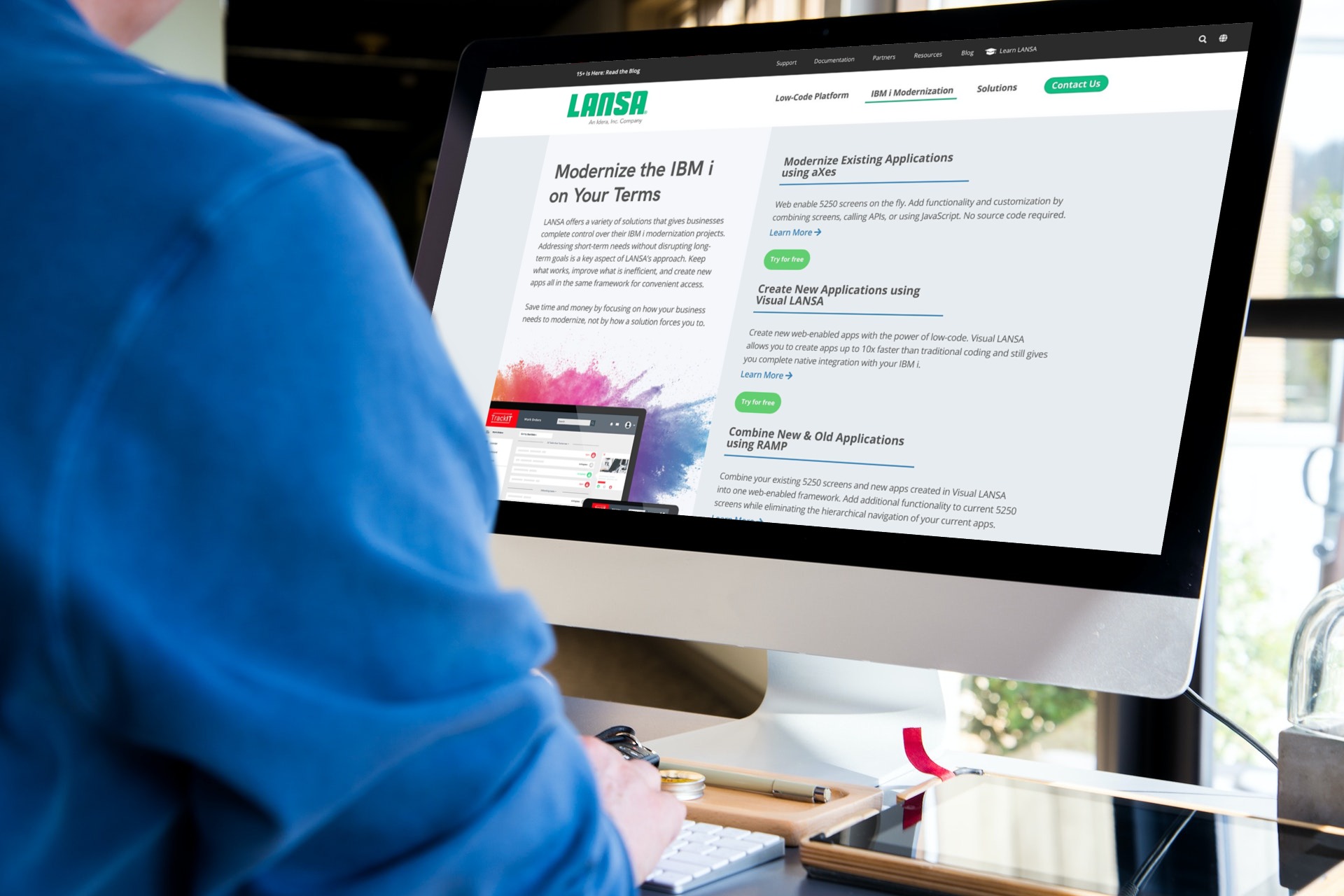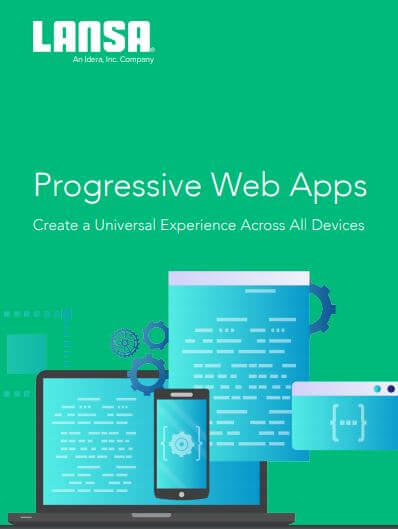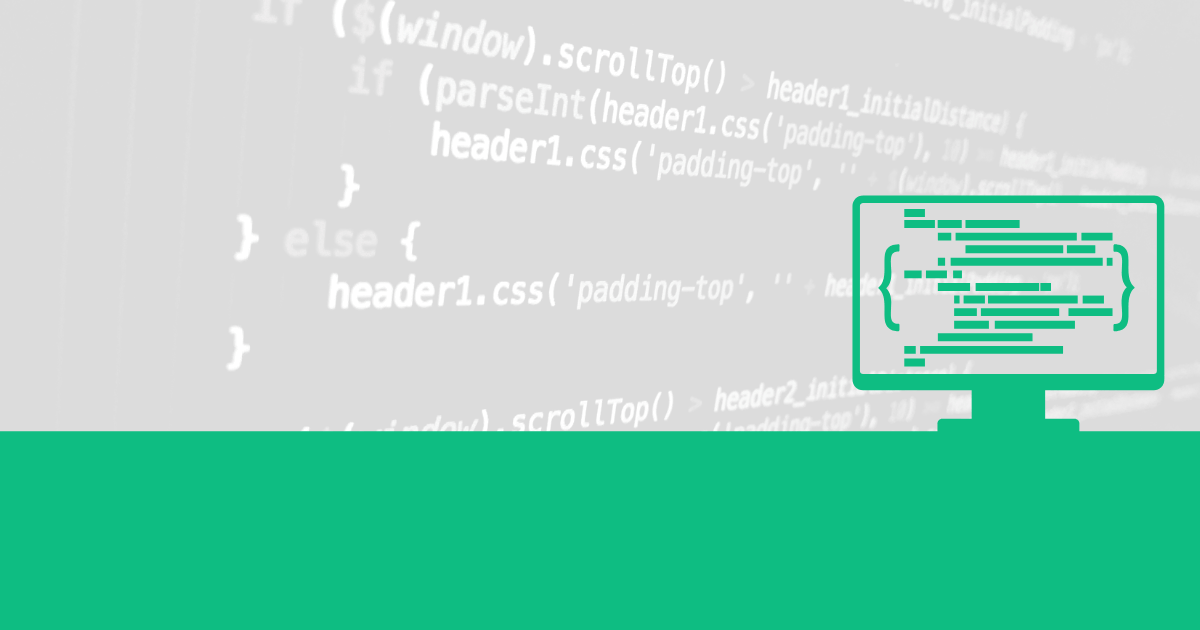Over the past decade, we’ve seen the explosion of information, mobile devices, tablets and the ability to consume and access information from anywhere in the world. Web applications are being built at an ever-increasing pace to satisfy the need for information and deliver content-rich, user-friendly applications to users. With the increased demand being placed on IT departments to build and deliver business applications, HTML, CSS and JavaScript are being used to develop creative, immersive and cutting-edge web applications.
One of the trickiest tasks any web developer faces is the ability to build and deliver the same functionality and richness across multiple browsers and devices of various form factors. The introduction of HTML5 and CSS3 makes this task even more challenging as not all current browsers support the same HTML5 and CSS3 features. Browser vendors are incrementally adding support for new HTML5 and CSS3 features with periodic browser updates, which further complicates the matter.
Some of the key challenges faced by web developers when building web applications for browser and mobile devices are:
- Maintaining JavaScript and CSS code across web pages and web browsers
- Providing degradable functionality for older browsers
- Reducing the maintenance and testing burden on developers
- Learning curve required to build immersive user experiences
- Leveraging new CSS3 and HTML5 capabilities in newer browsers
![]() JavaScript framework libraries help developers overcome some of these challenges without limiting creativity and functionality required to deliver cutting-edge applications to their users. One of the common JavaScript framework libraries that web developers use to address these challenges is jQuery. Since it was introduced in 2006, jQuery has received support from and continues to be used by some of the largest companies in the world, like Microsoft, IBM, Google, Nokia, Amazon, Twitter, DELL, Best Buy, NBC, Bank of America, ESPN, CBS News and EA video games to name a few.
JavaScript framework libraries help developers overcome some of these challenges without limiting creativity and functionality required to deliver cutting-edge applications to their users. One of the common JavaScript framework libraries that web developers use to address these challenges is jQuery. Since it was introduced in 2006, jQuery has received support from and continues to be used by some of the largest companies in the world, like Microsoft, IBM, Google, Nokia, Amazon, Twitter, DELL, Best Buy, NBC, Bank of America, ESPN, CBS News and EA video games to name a few.
Simple and Easy Access to HTML Elements

Cross-browser Compatibility

Faster Development Time

Extensibility and Plug-ins
jQuery was designed to be easily extensible and co-exist with other JavaScript functionality on web pages. This allows the developer community to build and deliver UI controls and extensions to the base jQuery capabilities. jQuery UI with Themeroller support uses this plug-in architecture to deliver UI controls that enable developers to pick and choose the functionality that they want to include within their web pages and deliver smaller-sized web pages to users.
Documentation, Widespread Adoption and Learning Curve
Many web developers shy away from using JavaScript to build AJAX functionality and web UI controls due to the lack of documentation and examples. With the widespread adoption of jQuery by millions of web developers (jQuery is used by 80% of websites around the world), it gives developers access to a large community to ask questions and discuss ideas to help shape the future of the web. In addition, the in-depth jQuery documentation and examples make it very easy to get started.
HTML5 and CSS3 Compliant

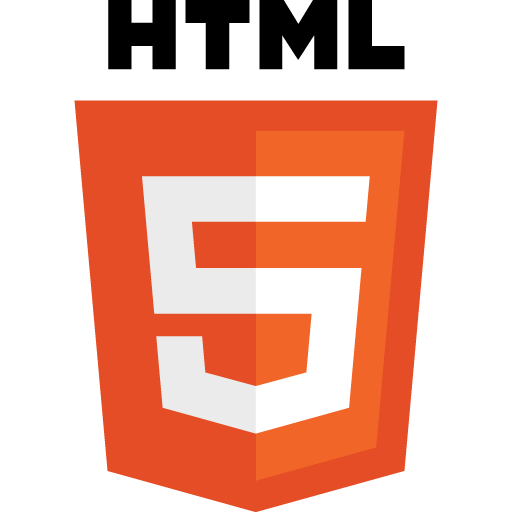
Helper Utilities

jQuery and jQuery UI Framework
The ability to use jQuery and jQuery UI to leverage new UI controls and CSS theming along side JSON support when building AJAX-enabled websites for browser, mobile devices and tablets enables developers to create compelling web applications and deliver information and data to users. Wizards within the Visual LANSA development environment generate a fully-functional sample web application that leverages these capabilities – providing developers with a quick and easy way to learn and get started.
The capabilities of jQuery and jQuery UI to enhance CSS3, HTML5 and UI controls when building business applications is aimed at developer productivity, simplicity and raising the level of abstraction. jQuery hides the complexity of JavaScript, HTML and CSS and provides developers with the right set of capabilities to continue to build creative, immersive and compelling web applications — faster and better than ever before. In summary, enabling developers to focus on the business and NOT the technology aligns perfectly with jQuery’s mission of “Write Less. Do more.”



